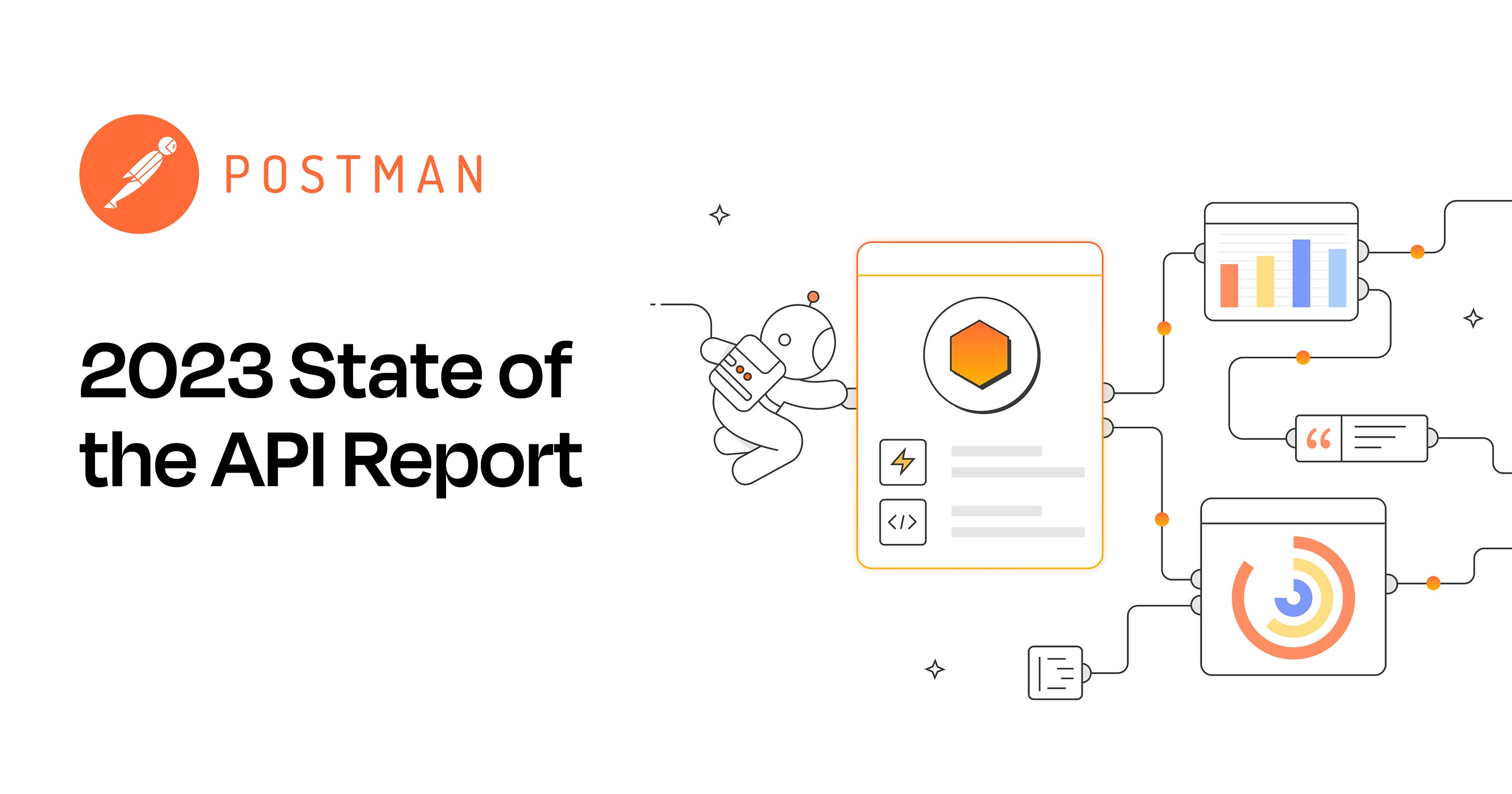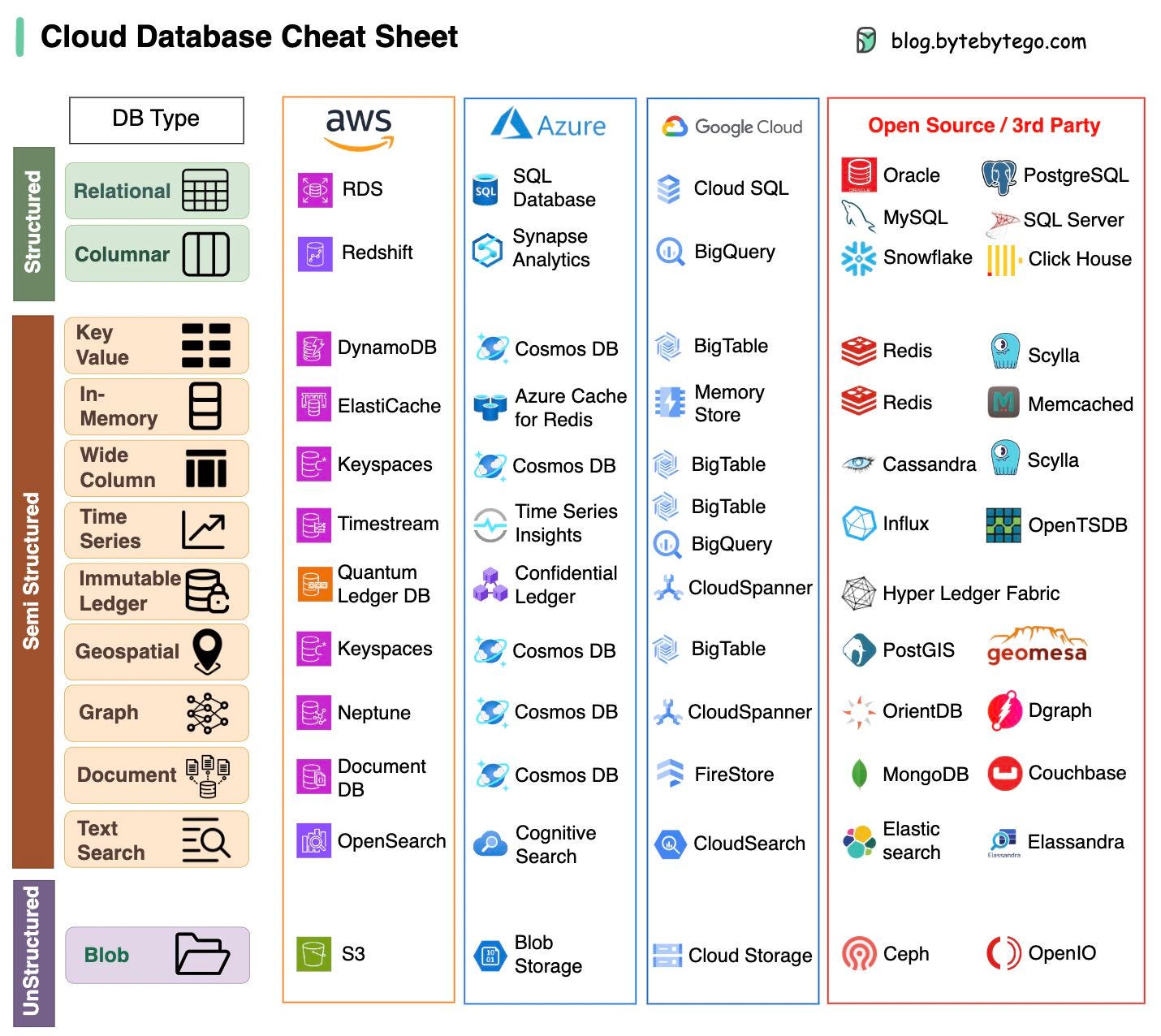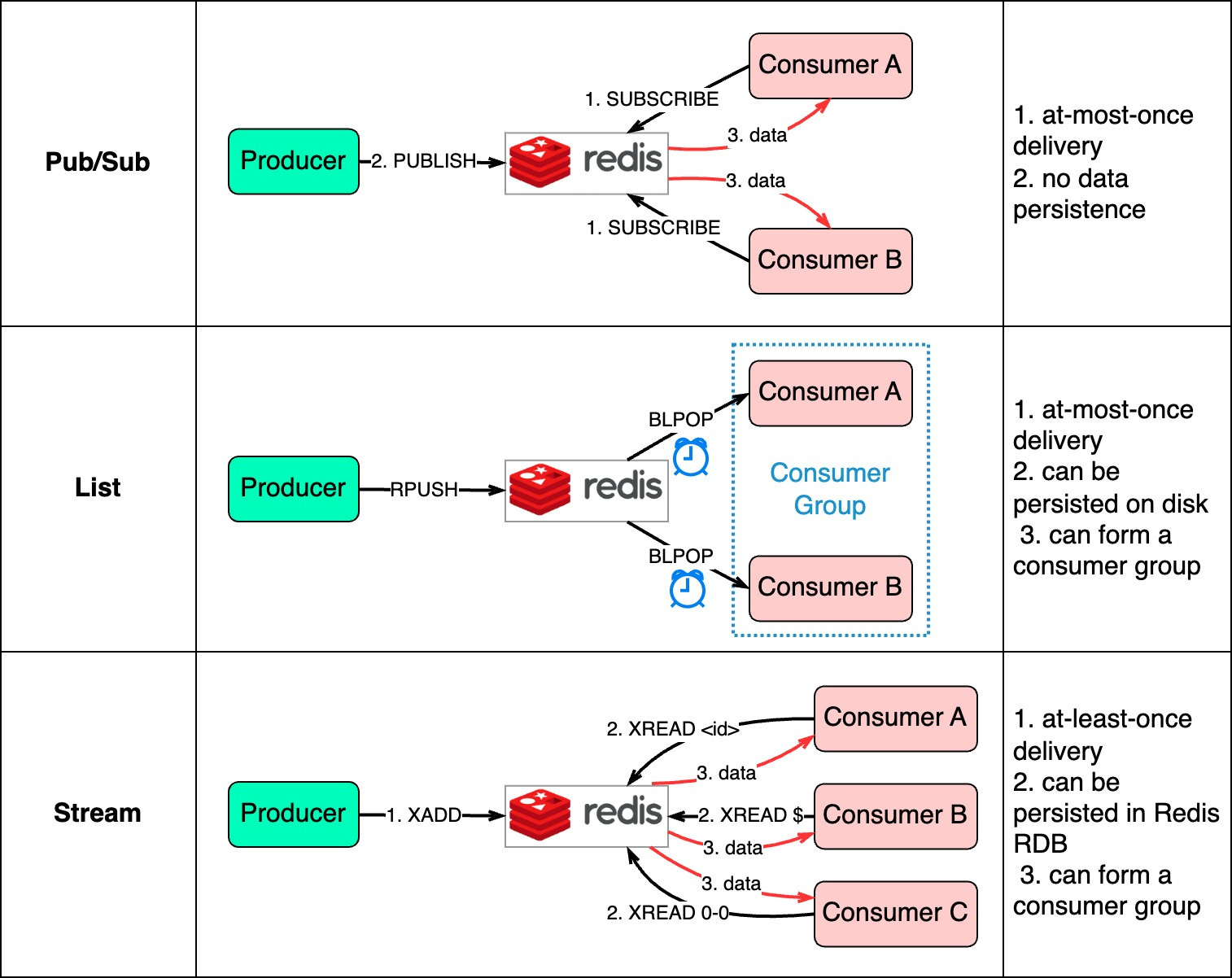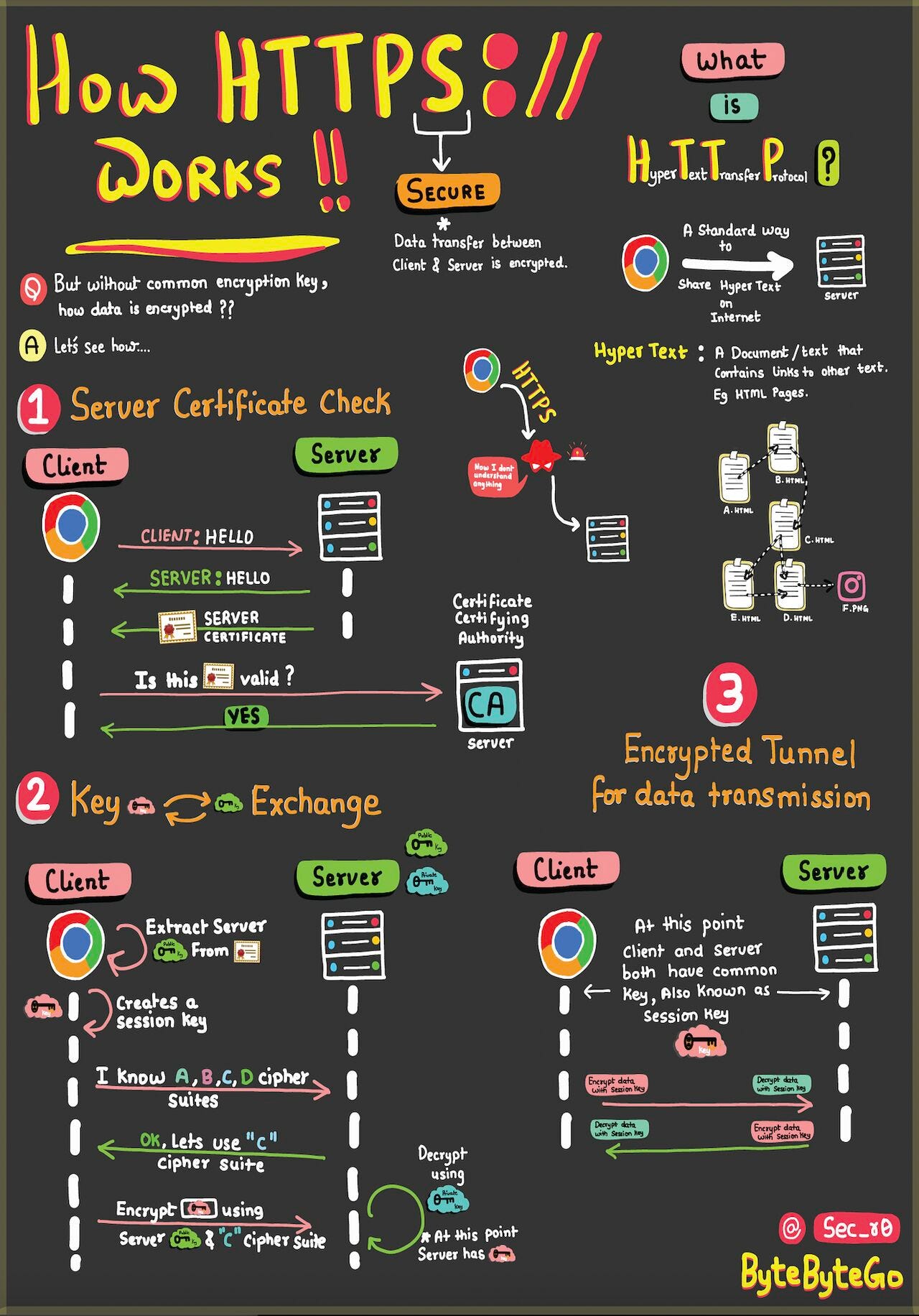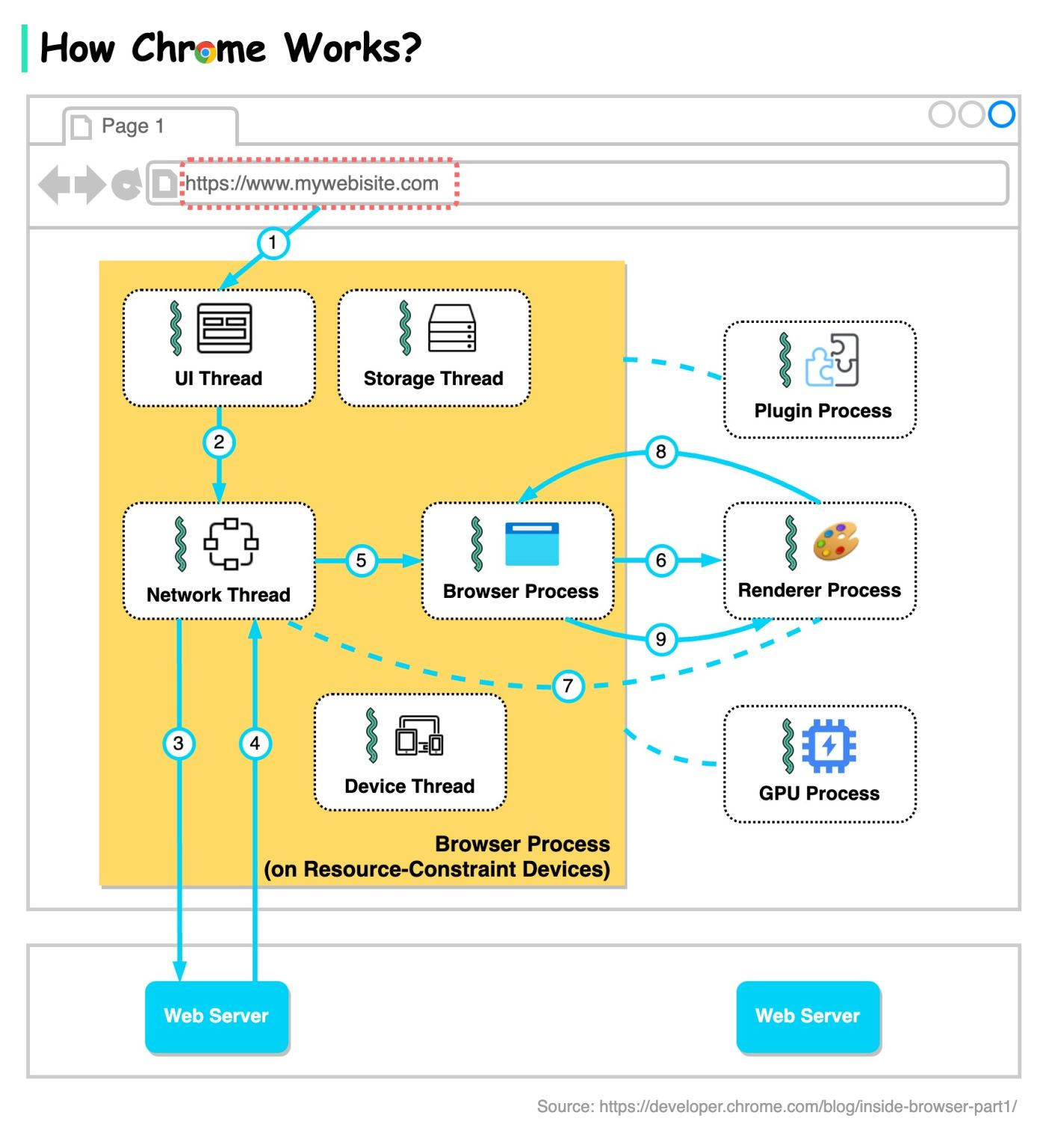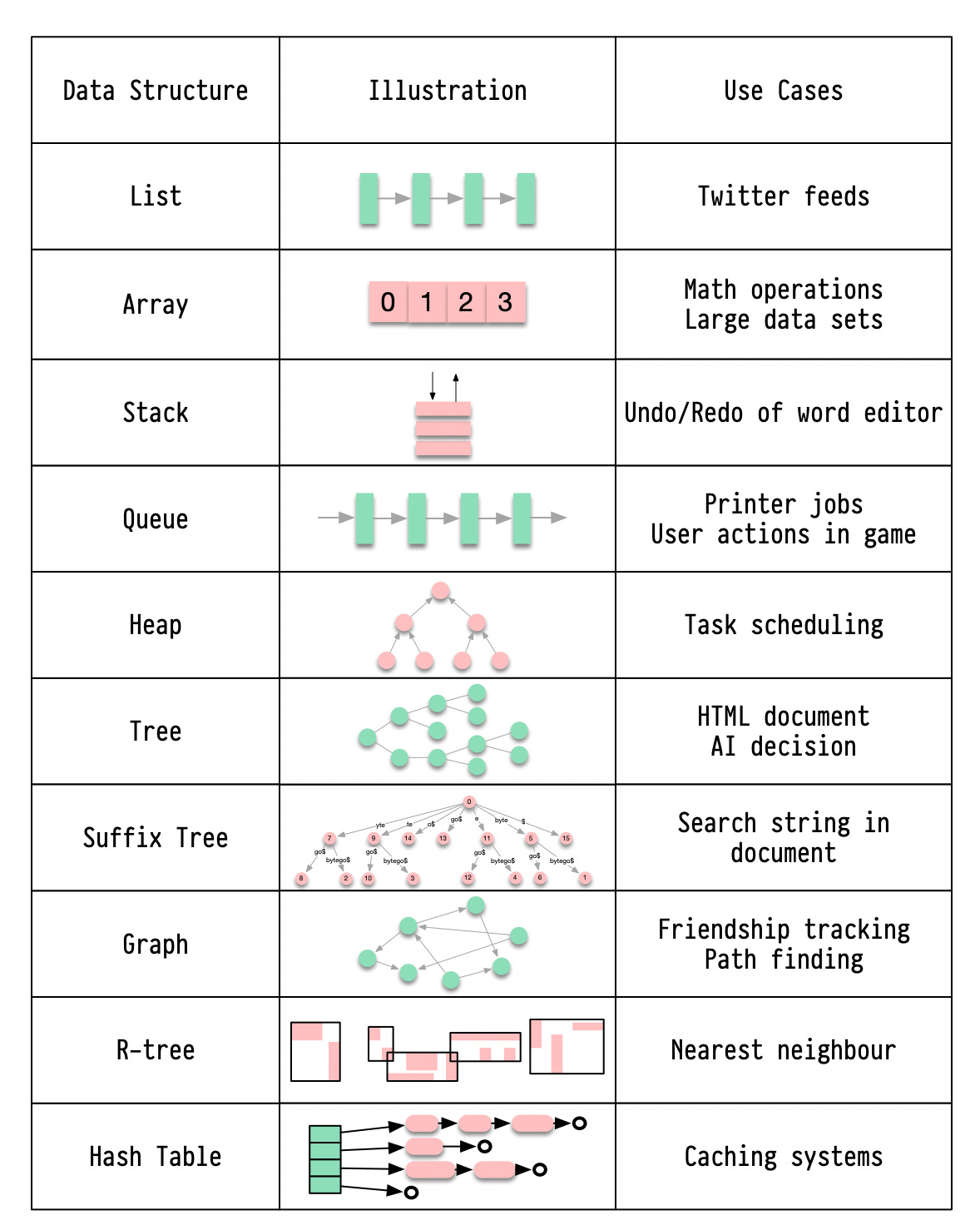- Mailing Lists
- in
- EP73: Cheat sheet of different databases in cloud services
Archives
- By thread 5244
-
By date
- June 2021 10
- July 2021 6
- August 2021 20
- September 2021 21
- October 2021 48
- November 2021 40
- December 2021 23
- January 2022 46
- February 2022 80
- March 2022 109
- April 2022 100
- May 2022 97
- June 2022 105
- July 2022 82
- August 2022 95
- September 2022 103
- October 2022 117
- November 2022 115
- December 2022 102
- January 2023 88
- February 2023 90
- March 2023 116
- April 2023 97
- May 2023 159
- June 2023 145
- July 2023 120
- August 2023 90
- September 2023 102
- October 2023 106
- November 2023 100
- December 2023 74
- January 2024 75
- February 2024 75
- March 2024 78
- April 2024 74
- May 2024 108
- June 2024 98
- July 2024 116
- August 2024 134
- September 2024 130
- October 2024 141
- November 2024 171
- December 2024 115
- January 2025 216
- February 2025 140
- March 2025 220
- April 2025 233
- May 2025 239
- June 2025 303
- July 2025 56
EP73: Cheat sheet of different databases in cloud services
EP73: Cheat sheet of different databases in cloud services
This week’s system design refresher:
The 2023 State of the API Report is here! (Sponsored)For the fifth year, the State of the API is the world's largest and most comprehensive survey and report on APIs. More than 40,000 developers and API professionals have shared their thoughts on development priorities, their API tools, and where they see APIs going. Top 6 Load Balancing Algorithms Every Developer Should Know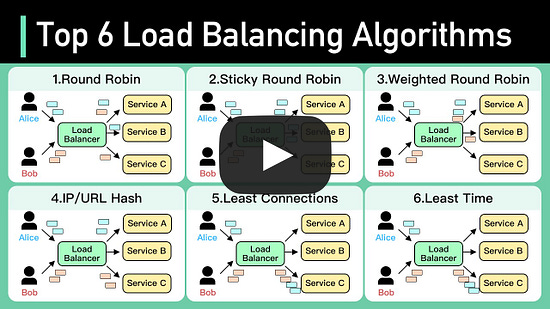
A nice cheat sheet of different databases in cloud servicesChoosing the right database for your project is a complex task. The multitude of database options, each suited to distinct use cases, can quickly lead to decision fatigue. We hope this cheat sheet provides high level direction to pinpoint the right service that aligns with your project's needs and avoid potential pitfalls. Latest articlesIf you’re not a subscriber, here’s what you missed this month.
To receive all the full articles and support ByteByteGo, consider subscribing: HTTPS, SSL Handshake, and Data Encryption Explained to KidsHTTPS: Safeguards your data from eavesdroppers and breaches. Understand how encryption and digital certificates create an impregnable shield. How does Chrome work?The diagram below shows the architecture of a modern browser. It is based on our understanding of “Inside look at modern web browser” published by the chrome team. There are in general 4 processes: browser process, renderer process, GPU process, and plugin process.
The browser process coordinates with other processes. Over to you: Why does Chrome assign each tab a renderer process? Latest articlesHere are the latest articles you may have missed: To receive all the full articles and support ByteByteGo, consider subscribing: © 2023 ByteByteGo |
by "ByteByteGo" <bytebytego@substack.com> - 11:35 - 19 Aug 2023
